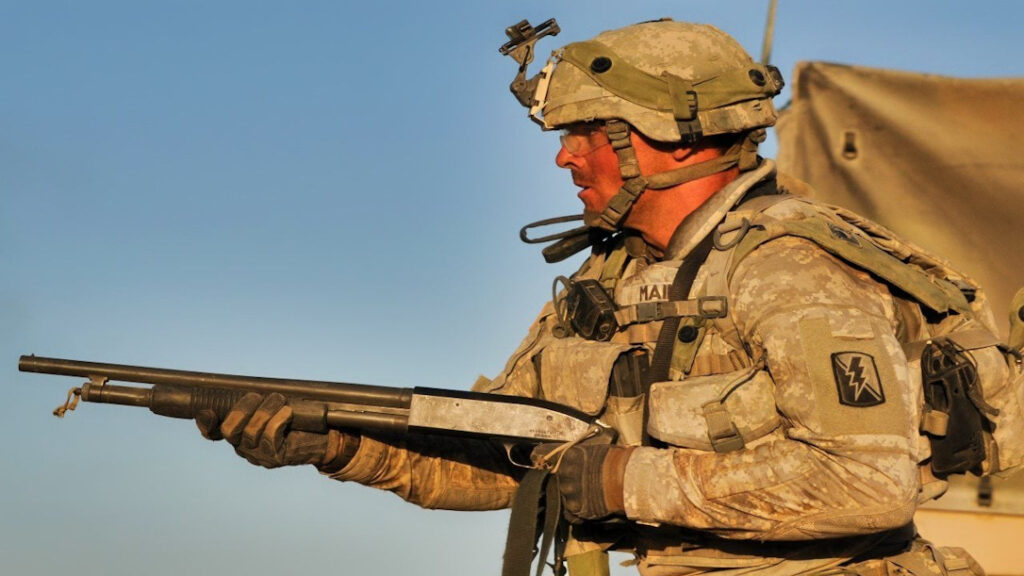On this July 9th the U.S. Secret Service released a report on mass attacks. Here are the key findings, followed by my analysis:
- One-third of the attackers who terrorized schools, houses of worship or businesses nationwide last year had a history of serious domestic violence, two-thirds had mental health issues, and nearly all had made threatening or concerning communications that worried others before they struck.
- Most attackers were male, ranging in age from 15 to 64. The domestic violence history often included serious violence. While 67% had mental health issues, only 44% had a diagnosis or known treatment for the issue.
- As for motive, more than half of the attackers had a grievance against a spouse or family member, or a personal or workplace dispute. Also, 22% had no known motive. In nearly half the cases, the attacker apparently selected the target in advance.
From the Associated Press on the PBS News Hour July 19, 2019:
“Lina Alathari [head of the Secret Service National Threat Assessment Center] and her colleagues want communities to be aware of concerning behavior and these trends so officials have something to look out for. We want the community to know that prevention is everyone’s responsibility, not just law enforcement. The Secret Service is tasked with researching, training, and sharing information on the prevention of targeted violence, using the agency’s knowledge gleaned from years of watching possible targets that may or may not be out to assassinate the president. Alathari said her team is working on a new report on school shootings and how to prevent them, and investigating attacks to try to figure out why someone didn’t follow through.”
Advertisement — Continue Reading Below
For decades I have been tracking mass murders; thus, I am not surprised by these findings. These are my observations.
First is the disturbing fact that 67% of attackers had a mental illness, but only 44% had previously been diagnosed. Almost none of us with mental illnesses commit violence, but the fact that most mass killers do is striking. But committing psychiatrically ill people to treatment is difficult under our evolved civil rights standards and the mental health system does not currently have the resources to treat everyone who needs it.
Second, whenever I hear of a mass shooting, such as the one that took place at a Chicago hospital November 18 last year or at a plant in Aurora, Illinois this February 15, I immediately suspect a relationship dispute (Chicago) or a workplace dispute (Aurora). And almost invariably, the security at the sites of such shootings proved to be inadequate.
Advertisement — Continue Reading Below
Third, there are warning signs leading up to such shootings that are frequently known to many people, but are not communicated to authorities. The mounting pressure to install “red flag laws” in every state is a misbegotten response to this problem. All the laws necessary to report concerns and for authorities to act are on the books already.
I know: I am a retired licensed clinical social worker, and carried out the Civil Detention Laws of Illinois and Missouri for 9 years. As such, I was able to hospitalize persons involuntarily for a 96-hour period, if they met the criteria of having a mental illness, and being at imminent risk of harming self or others.
Fourth, even when they are communicated, there is too often a breakdown in communication between various systems, i.e., law enforcement, mental health, schools, etc., and therefore in their responses. (Ref: the Parkland shooting.)
Advertisement — Continue Reading Below
All these factors must be addressed if we are to reduce the prevalence of mass shooting attacks in our country. The most serious mental illness tend to strike in adolescence or the early twenties. These are the ages in which alienated, isolated young men are at the highest risk of committing violence anyway.
You’ll notice I did not suggest any new restrictions on firearms. Most mass shooters obtain their weapons through family or by passing background checks and buying them in the marketplace. The few who don’t, didn’t need to bother. Neither category of murderers would be the least bit impeded by universal background checks, the panacea offered by fools and anti-gun politicos.
It’s a paradox. There are no easy answers—yet the answers are already available for those to use who are more serious about intervening to protect the public than about looking “correct” themselves.
Advertisement — Continue Reading Below
.
.

— Warren Lind is a retired licensed clinical social worker and former security officer who writes extensively about crime, survival, and self-defense. He is a member of too many pro-2A organizations to list.
Advertisement — Continue Reading Below















